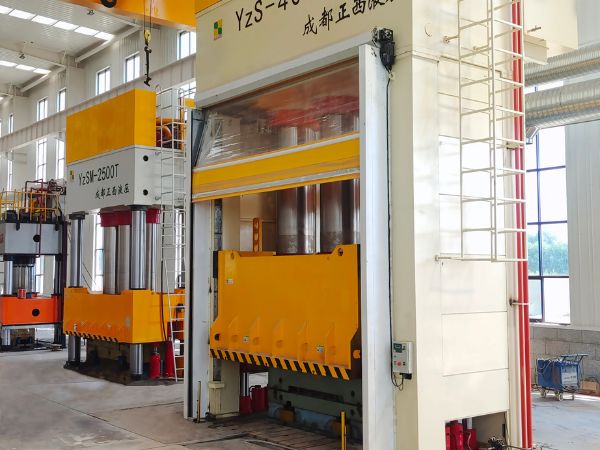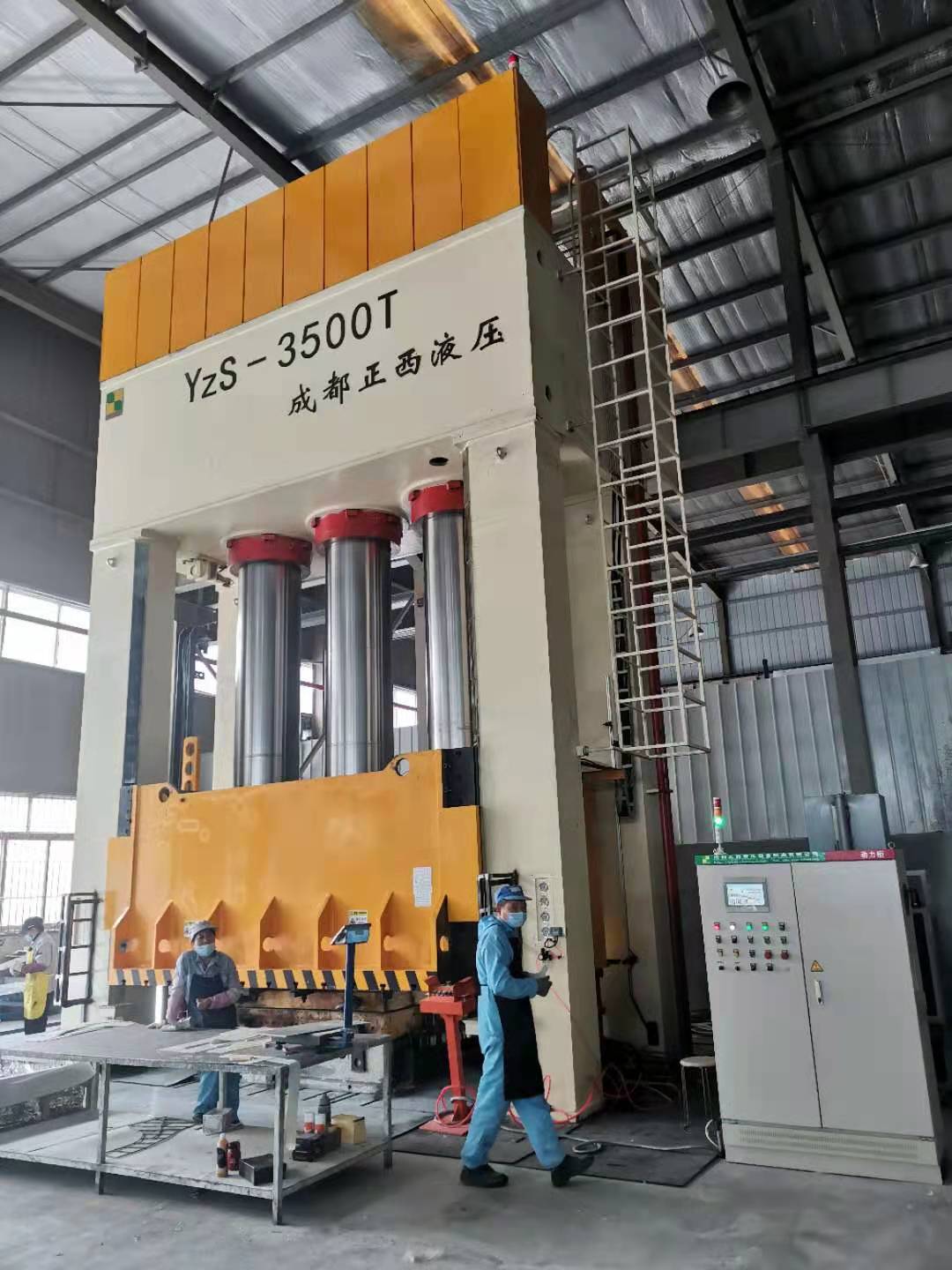The feeding of hydraulic press and automatic feeders is an automated production mode. It not only effectively improves production efficiency, but also saves manual labor and costs. The accuracy of the cooperation between the hydraulic press and the feeder determines the quality and accuracy of the stamped products. Otherwise, it will seriously affect the quality of processed products or cause a waste of materials. So how does a hydraulic stamping machine measure the accuracy of the feeder’s feed?
When measuring the accuracy of the feeder, the hydraulic press does not need to be equipped with a progressive die.
There are two measurement methods:
1. The operator controls the press operation and feeding. The feeder makes a mark once the material is fed. After feeding more than ten times, the material is manually cut and taken out. Measure according to the marks made to determine if the feed is accurate.
This is a very simple and intuitive measurement method. However, this method is not suitable for measuring feeding equipment such as roller feeders and clamp feeders that are powered by the punch output shaft. Since there is a certain gap in the output shaft of the punch machine, the output shaft gap will cause unstable feeding during transmission and feeding.
2. When starting the feeder and punch press, the operator first marks the position where the material enters the mold. Then use the continuous operation mode of the hydraulic press and let the feeder feed the material ten times continuously before making the second mark. Then return the material to the initial marked position, and then use the feeder to feed the material ten times continuously to check whether it overlaps with the second marked position.
If there is complete overlap, it means that the feeder is feeding very accurately. If there is no overlap, but the difference between the two positions is within the feeding error range of the feeder, it means that the feeding of the feeder is also accurate. If there is no overlap and exceeds the rated error value of the feeder, it means that the feeder is not feeding accurately.
When measuring the accuracy of the feeder, the hydraulic press needs to be installed with a progressive die first.
Use the mold as a benchmark to check whether the feeding is accurate. That is, after each feeding is completed, observe whether it matches the steps of the progressive die. After multiple feedings, is there any phenomenon of overfeeding or underfeeding? If there is, it means the feeding is incorrect.
For hydraulic presses, it is relatively simple, direct, and accurate to use the above method to measure the accuracy of feeder feeding. When the operator discovers that the stamping product is unqualified during the work process, the operator needs to check the feeder, mold, and punch machine to eliminate the problem. The three factors must cooperate to achieve the qualified quality of stamping products.
Post time: Jan-05-2024








